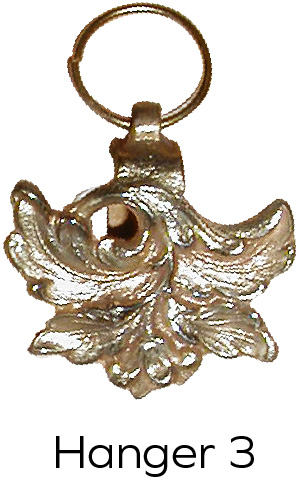Portrait Miniatures
Restoring Portrait Miniatures
Nearly fifty years ago, Mr. Bill Wiebold began studying portrait miniatures and developing restoration procedures. Mr. Wiebold's love for the miniature lead him to establish precise techniques for properly executing restoration of these small works of art. Wiebold Studio is one of only a handful of firms nationwide that specializes in portrait miniature restoration. Because of its small size, and extensive handling over decades (or centuries!), your portrait miniature might display some of these problems:
Exposure to humidity/moisture: warping, cracking, mildew spots
Physical damage: damage to the watercolor like scratches,
Damaged Frames/Cases: chips, scratches, tears, dents, tarnish
Discoloration: dirt, grime, tarnish, color shifting
About Portrait Miniatures
Portrait miniatures are small paintings of a loved one. Most were watercolor on ivory. But some were painted on stretched vellum. Still others were created with oils on copper. Portrait miniatures might have been exchanged by an engaged couple, or worn to remember someone who lived far away, or who had perhaps died. Some even contain a lock of the loved one's hair—either underneath the portrait or displayed on the back intricately woven with seed pearls or golden threads.
Frames and Cases
Like the portraits they contain and protect, frames are unique. They were designed to fit one miniature, and no other. Through the research begun by Bill Wiebold, we have determined the appropriate frame for the period in which the miniature was created. So we are able to reproduce a frame or case if the existing one is missing.
Reproduction Work
Does your frame have issues not addressed in our catalog? View the photos to see examples of custom options that may work for you. These images of presentation frames and boxes, metal mats, wood instead of papier mache and silver backing sheets just brush the surface of the unique issues we can address.
Wondering What You've Got?
See our catalog to discover when your miniature was created.
Please, call us or email us with any questions. We're here to help you get started with restoration of your portrait miniature.





